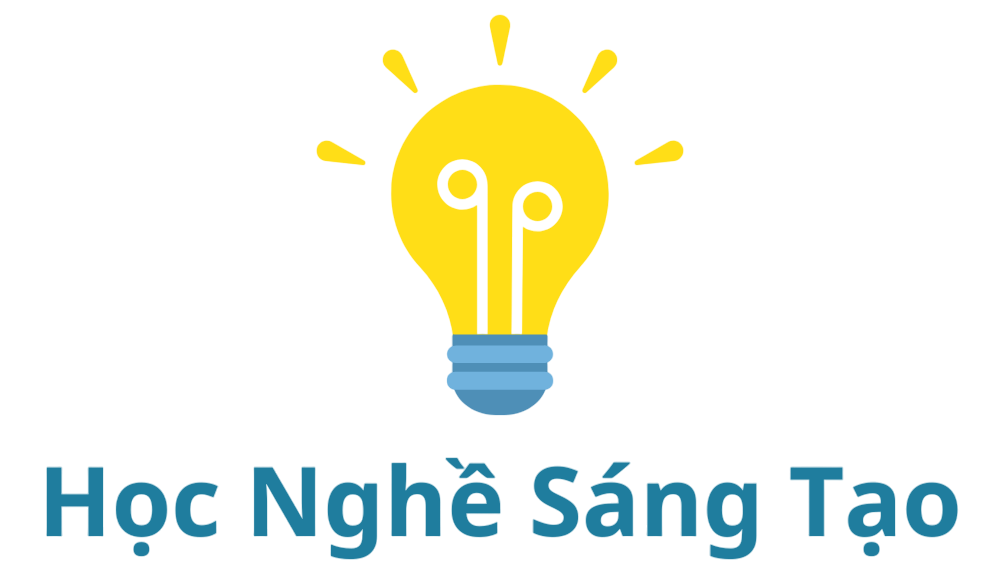Chưa được phân loại
The Research and Implementation of Efficient Learning: A Thorough Assessment
In the quickly changing landscape of education and professional development, the capability to learn https://learns.edu.vn/ efficiently has arisen as a crucial skill for academic success, career advancement, and personal growth. Contemporary research across brain research, neuroscience, and educational practice demonstrates that learning is not simply a inactive absorption of data but an active procedure formed by planned techniques, environmental factors, and neurological systems. This report integrates data from over 20 authoritative sources to offer a interdisciplinary analysis of learning optimization techniques, delivering applicable perspectives for individuals and teachers equally.
## Cognitive Fundamentals of Learning
### Neural Systems and Memory Creation
The brain utilizes different neural routes for different categories of learning, with the memory center assuming a crucial function in consolidating transient memories into enduring preservation through a procedure termed synaptic plasticity. The two-phase framework of cognition identifies two complementary cognitive states: attentive phase (intentional solution-finding) and relaxed state (unconscious trend identification). Proficient learners strategically rotate between these modes, employing concentrated focus for intentional training and associative reasoning for innovative ideas.
Grouping—the method of grouping related content into purposeful units—improves active recall capability by decreasing cognitive load. For instance, instrumentalists mastering complex works break compositions into rhythmic patterns (chunks) before integrating them into complete works. Neuroimaging investigations demonstrate that group creation corresponds with increased neural coating in brain circuits, clarifying why mastery develops through frequent, structured practice.
### Sleep’s Role in Memory Reinforcement
Sleep architecture immediately influences learning efficiency, with restorative sleep stages facilitating explicit remembrance integration and REM sleep improving implicit learning. A recent ongoing research revealed that students who preserved steady sleep schedules outperformed others by nearly a quarter in recall examinations, as neural oscillations during Stage 2 non-REM dormancy stimulate the reactivation of hippocampal-neocortical networks. Applied applications involve staggering learning periods across numerous sessions to capitalize on dormancy-based neural activities.

BÀI VIẾT MỚI NHẤT
Tranh Canvas Treo Ở Đâu Đẹp Nhất? Gợi Ý Theo Từng Không Gian
Tranh canvas treo ở đâu không chỉ là câu hỏi về vị trí, mà còn là ...
Ở đâu sát hạch lái xe hạng B số cơ khí uy tín tại Hải Phòng – blx.vn 0906038817
Đào tạo Lái Xe Hạng B Số Cơ Khí – Con đường Thành công Cho ...
Vì sao bạn nên đầu tư vào Máy Tính Tiền ngay hôm nay
Tổng quan về hệ thống Máy Tính Tiền hiện đại Máy Tính Tiền không còn ...
Giao dịch Exness – nhận hoàn phí giao dịch mỗi ngày.
Đang là trader tại Exness? Cơ hội nhận hoàn phí mỗi ngày đang chờ bạn ...